|
|
Many businesses invest heavily in attracting visitors to their website, but the reality is that up to 98% of users leave without converting. This is where remarketing ad campaigns come into play—offering a powerful way to re-engage potential customers, build brand recall, and drive conversions by targeting users who have previously interacted with a brand but haven’t taken action.
Remarketing is more than just showing ads to past visitors—it’s about strategically optimizing audience segmentation, ad creatives, bidding strategies, and cross-platform targeting to ensure that ads remain relevant and effective. A well-optimized remarketing campaign can significantly reduce cost-per-acquisition (CPA), improve return on ad spend (ROAS), and keep a business top-of-mind throughout the customer journey.
With expert insights from WiFi Digital, this guide explores advanced remarketing ad campaign optimization strategies that businesses can use to increase conversions, lower ad costs, and enhance user engagement. From dynamic product retargeting to AI-driven bid automation, businesses will learn how to maximize the impact of remarketing efforts and turn lost visitors into loyal customers.
Segmenting Remarketing Audiences for Maximum Relevance
A common mistake businesses make in remarketing campaigns is treating all past visitors the same. Effective remarketing strategies rely on audience segmentation to ensure that users see ads that are tailored to their behavior and intent level.
Instead of running a generic remarketing campaign, businesses should create specific audience segments based on how users interacted with the website. For example:
- Product Page Viewers – Users who viewed product pages but didn’t add items to their cart.
- Cart Abandoners – High-intent users who added products to their cart but didn’t complete the checkout process.
- Past Purchasers – Existing customers who can be targeted with upsells, cross-sells, or loyalty discounts.
- High-Engagement Visitors – Users who spent significant time on the site or viewed multiple pages but didn’t convert.
- Lead Form Visitors – Users who visited the contact page or filled out part of a form but didn’t complete the submission.
Each of these groups has different intent levels, requiring customized ad messaging and bid adjustments. For instance, cart abandoners should receive ads with urgency-based messaging such as “Hurry! Your cart is waiting—Get 10% Off Today!”, while past purchasers can be targeted with exclusive VIP offers or personalized product recommendations.
By segmenting audiences based on intent, businesses can ensure that remarketing ads resonate more effectively, improving both click-through rates (CTR) and conversion rates.
Leveraging Dynamic Remarketing for Personalized Ads
While static ads serve generic brand messages, dynamic remarketing ads take personalization to the next level by displaying specific products or services that users previously viewed. This tactic is especially powerful for e-commerce and travel industries, where consumers compare multiple options before making a decision.
Platforms like Google Ads, Facebook, and Instagram offer dynamic remarketing, allowing advertisers to retarget users with customized product recommendations, real-time pricing, and discounts. For example, an e-commerce brand can retarget users who viewed a pair of sneakers with an ad showing the exact product, current price, and an exclusive discount code to encourage purchase completion.
For businesses using Google Display Network (GDN), setting up dynamic remarketing via Google Merchant Center ensures that product ads are automatically generated based on past visitor behavior. Similarly, on Facebook and Instagram, dynamic product ads (DPAs) allow businesses to create auto-generated, highly personalized ads that drive conversions more effectively than traditional remarketing ads.
By integrating dynamic remarketing into campaigns, businesses can significantly increase ad relevance, reduce wasted spend, and enhance user engagement—all while improving return on ad spend (ROAS).
Optimizing Ad Frequency to Avoid Remarketing Fatigue
One of the biggest challenges in remarketing campaigns is balancing ad exposure without overwhelming potential customers. Showing the same ad too frequently can lead to ad fatigue, making users annoyed rather than engaged.
To prevent overexposure, businesses must optimize ad frequency by:
- Setting frequency caps – Limiting the number of times a user sees an ad within a specific timeframe (e.g., 5-7 impressions per user per week).
- Rotating ad creatives – Changing images, messaging, and CTAs every 10-14 days to keep ads fresh.
- Utilizing audience exclusions – Removing users from remarketing lists once they’ve converted to prevent redundant ad spend.
- Running time-sensitive campaigns – Adjusting retargeting duration based on sales cycles (e.g., a 7-day remarketing window for flash sales vs. a 30-day window for high-ticket purchases).
By carefully managing ad frequency and refreshing creatives, businesses can maintain high engagement rates without risking banner blindness or negative brand perception.
AI-Driven Bid Adjustments for Cost-Effective Remarketing
Optimizing bids is crucial for remarketing ad campaigns to ensure cost efficiency while maintaining visibility among high-intent users. AI-powered bidding strategies in Google Ads, Facebook, and programmatic platforms enable businesses to adjust bids in real-time based on conversion likelihood and user behavior.
Google’s Smart Bidding strategies, such as Target CPA (Cost-Per-Acquisition) and Target ROAS (Return on Ad Spend), help advertisers automate bid adjustments by prioritizing users who are more likely to convert. For remarketing, this means higher bids for high-intent users (e.g., cart abandoners) and lower bids for less engaged audiences.
Similarly, Facebook’s Automated Bidding dynamically adjusts bids based on historical performance, audience engagement, and purchase intent. By leveraging AI-driven bidding, businesses can reduce wasted spend on low-value users while maximizing conversions from the most promising leads.
Expanding Beyond Traditional Remarketing with Cross-Channel Integration
While Google Display and Facebook remarketing are the most common channels, businesses can enhance their remarketing impact by integrating multiple platforms to maintain engagement across different touchpoints.
Effective cross-channel remarketing involves:
- YouTube Retargeting Ads – Serving video ads to past website visitors to re-engage with storytelling-based content.
- LinkedIn Remarketing – Targeting B2B audiences who visited a website but didn’t fill out a form, using LinkedIn’s sponsored content and InMail ads.
- Email Retargeting & CRM-Based Audiences – Syncing email lists with Google & Facebook to retarget past newsletter subscribers or past customers with personalized promotions.
- Programmatic Remarketing – Using platforms like The Trade Desk to serve ads across premium websites, mobile apps, and Connected TV (CTV).
By diversifying remarketing efforts across multiple channels, businesses can increase brand recall, extend reach, and reinforce messaging without relying on a single ad platform.
Remarketing ad campaigns are an indispensable tool for businesses looking to convert lost visitors into customers. However, success depends on audience segmentation, dynamic ad personalization, bid optimization, and multi-channel integration to maximize effectiveness.
By leveraging AI-driven bidding, strategic frequency capping, and cross-platform retargeting, businesses can significantly improve engagement, reduce ad fatigue, and drive higher conversion rates. Remarketing is not just about reminding users to return—it’s about delivering the right message at the right time, on the right platform.
With expert solutions from WiFi Digital, businesses can develop high-impact remarketing campaigns that optimize ad spend while increasing customer acquisition and lifetime value. Now is the time to refine remarketing strategies and transform past visitors into loyal, high-value customers.
WiFi Digital: Connecting Businesses to the Digital Future
In today’s fast-paced world, where a strong digital presence is essential for business growth, WiFi Digital emerges as a strategic partner for small and medium-sized businesses (SMBs). Founded in 2023 and based in London, Ontario, the company has a clear mission: to provide affordable, high-quality solutions that help businesses thrive online. With an experienced and passionate team, WiFi Digital goes beyond simply creating websites and marketing strategies. Its purpose is to empower entrepreneurs, strengthen brands, and give clients more free time to focus on what truly matters – growing their business and improving their quality of life.
WiFi Digital develops websites that authentically and professionally represent your brand, optimizes systems and digital marketing strategies to enhance visibility and return on investment (ROI), and offers affordable, customized solutions, ensuring that businesses of all sizes have access to effective growth tools. With transparency, partnership, and innovation, the company provides each client with the necessary support to achieve real results.
Business digitalization is not just about numbers or metrics. It directly impacts entrepreneurs’ well-being, bringing more organization, efficiency, and freedom to focus on what truly matters. WiFi Digital understands that by investing in digital solutions, businesses gain time, reduce operational stress, and create opportunities to connect better with their customers. A well-structured online presence not only increases sales but also strengthens the public’s trust in the brand.
Beyond technical expertise, WiFi Digital’s key differentiator is its commitment to people. The company values genuine relationships, creates tailored strategies, and works side by side with clients to ensure that every solution meets their specific needs. If you’re looking to boost your brand, attract more customers, and still have more time to focus on what truly matters, now is the time to act!
💡 Transform your digital presence with experts who understand your needs.
📩 Contact us now: contact@wifidigital.ca
🌍 Learn more: www.wifidigital.ca
🚀 Your growth starts here!




